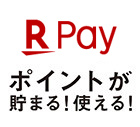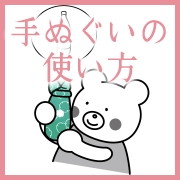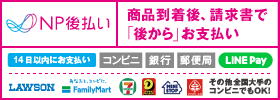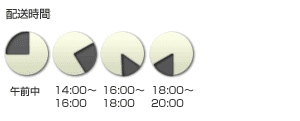手ぬぐいの使い方 その一 「汗を拭う」 <1. To wipe sweat>
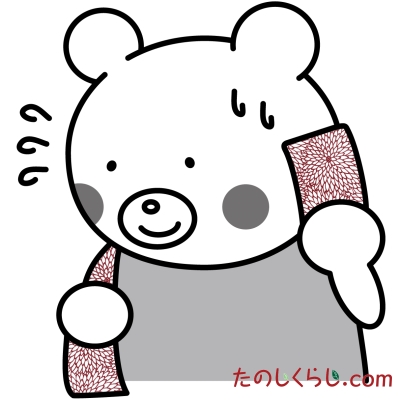
当時は、ガーゼや包帯などの役割から、現代のタオルや台拭や雑巾やハンカチなどの役割も担い、そのほかには縁起物としての贈答品や配り物としても使われ、本来の汗や水の吸水の目的だけでなく様々な用途の広がりをみせていきました。
ここでは、「手ぬぐいの使い方」として、現代での使い方をイラスト入りでご紹介していきます。
その一は "汗を拭う" です!
乾きが早く、嵩張らずポケットに入る大きさが利点なので、タオル・ハンカチの代わりに手ぬぐいを使っている。という方も少なくありません。
手ぬぐいの基本中の基本の使い方、 "汗を拭う" です(^^)
In Japanese history, the tenugui (Japanese towel) was originally used approximately between 700s and 1100s A.D. (Nara & Heian era in Japan). At that time, the tenugui was only available for people of high social status, because cloth was a valuable item. After the late 1100s (during the Kamakura era), the tenugui gradually became available to commoners. In the 1600s, when cotton farming developed, the tenugui, as well as cotton fabric, became a common item for people in Japan.
Since then, tenugui usage has expanded from as a simple towel to absorb liquid to as a gauze bandage and a gift and giveaway item.
Below are some examples of how to use the tenugui during modern times (with illustrations):
<1. To wipe sweat>
Since the tenugui dries quickly and fits in a pocket of pants and jackets, many people carry tenugui instead of a towel or handkerchief.



